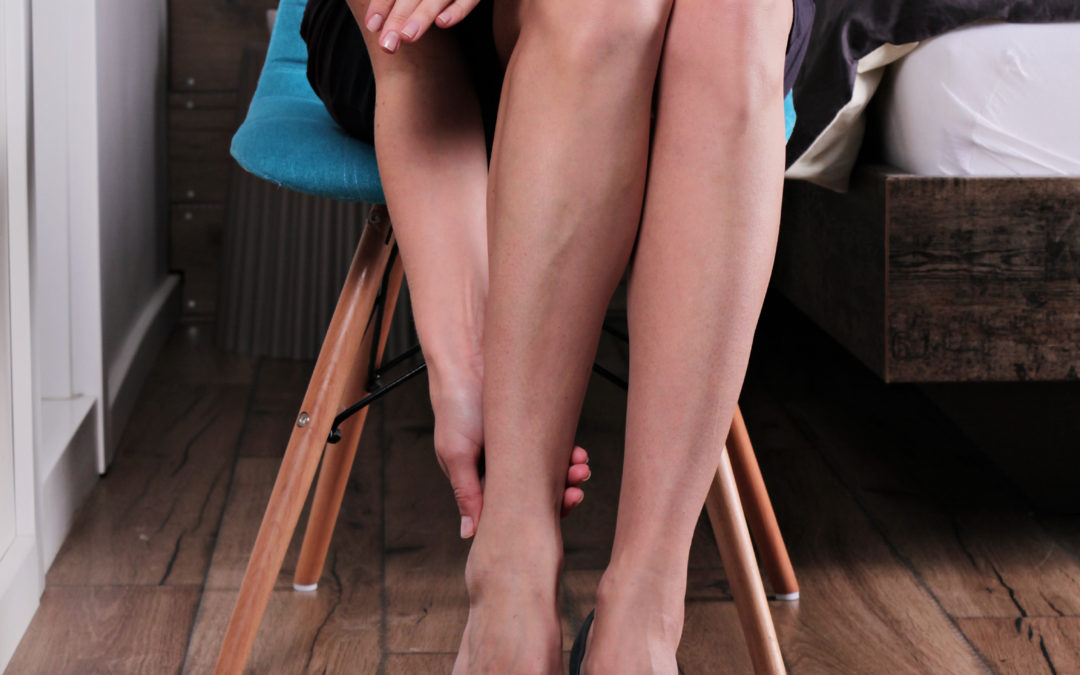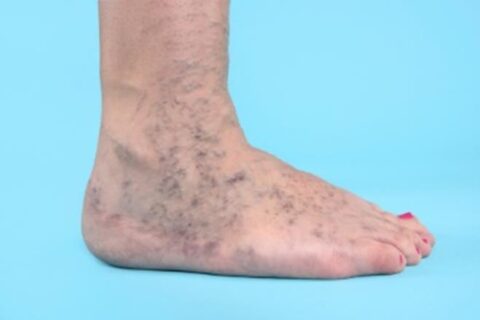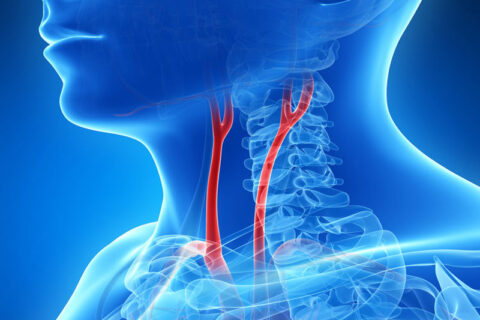What Are the Causes & Symptoms of Varicose & Spider Veins?
They’re not pretty to look, at but spider veins and varicose veins are an all too common problem, especially among women. Veins are blood vessels that carry blood back to the heart. In the case of varicose veins, the veins become large, swollen, twisted, and sometimes painful. In contrast, spider veins are caused by damage to tiny blood vessels close to the surface of the skin.
Varicose veins are most common on the legs. Spider veins, also called telangietasias, are also commonplace on the lower extremities too but you can develop them in other areas as well, even on your face. Let’s look at what causes each, the symptoms, and how spider veins and varicose veins differ.

What Causes Spider Veins and Varicose Veins?
As mentioned, veins are blood vessels that carry blood back to the heart. To prevent the backflow of blood during this journey, veins have tiny flaps called valves inside them. When these one-way valves work properly, they keep blood moving toward the heart rather than traveling backwards and pooling at the base of the leg due to gravity. If one of these valves becomes damaged, blood can build up and place pressure on the vein. Over time, this damages the vein and causes it to swell. That’s essentially what varicose veins are – swollen veins with damaged valves.
Some factors that contribute to varicose veins or increase the risk of developing them include:
- Genetics – If your mom or dad have varicose veins, your risk is higher
- Being overweight or obese
- Hormonal changes related to pregnancy, menopause, postmenopausal hormone therapy, or birth control pills
- Standing or sitting for long periods of time
- Wearing constrictive garments like girdles
- A previous history of a blood clot
- Prior vein surgery
- Smoking
- Being over the age of 50
These factors have something in common – they place extra pressure on the valves or damage the vein in some way.
Some of the same factors that increase the risk for varicose veins also place you at risk for spider veins, especially genetics, hormonal changes, and obesity.
What Symptoms Do You Have With These Conditions?
Spider veins typically cause no symptoms, although you might be self-conscious about the way they look. Varicose veins may be asymptomatic but they can also cause a variety of symptoms. Some of these include:
- Aching, throbbing, or a sense of heaviness in your legs
- Leg cramps
- Burning and itching
- Tingling or other unpleasant sensations
- Leg fatigue
- Restless legs at night
- Leg swelling or discoloration
Although these symptoms are uncomfortable, they’re not life-threatening. However, you can also experience more serious symptoms when you have varicose veins. For example, you can develop a blood clot inside a damaged vein. Another possible, but rare, complication is the formation of a skin ulcer in the area where a vein is damaged. Untreated varicose veins can also lead to skin problems, including skin discoloration. These are all reasons why people opt for treatment of varicose veins. As you can see, varicose veins are often a progressive problem unless you correct them.
In contrast, spider veins don’t carry the same risks as varicose veins, yet many people seek treatment for cosmetic reasons. Occasionally, spider veins can burn or itch a bit but they generally don’t cause the symptoms that varicose veins are capable of.
Treatment for Varicose Veins and Spider Veins
Do you have unwanted vein problems? Fortunately, there are effective treatments for varicose veins and spider veins. If you’re suffering from either of these two conditions, you owe it to yourself to find out what your treatment options are.


